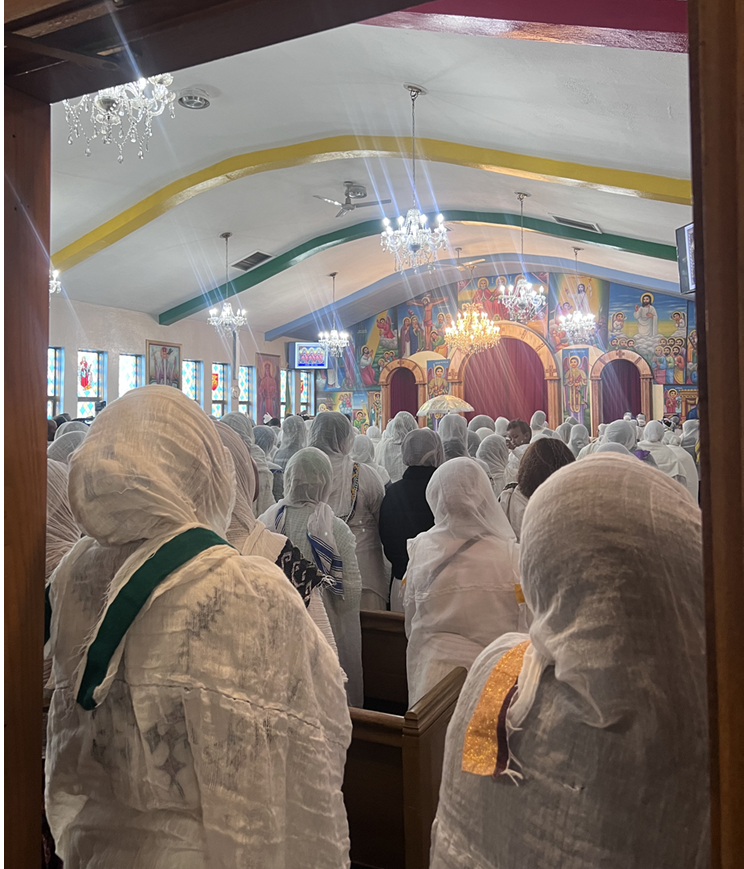home_news
Intertwined Arabic Traces within Ethiopian Languages & Orthodoxy
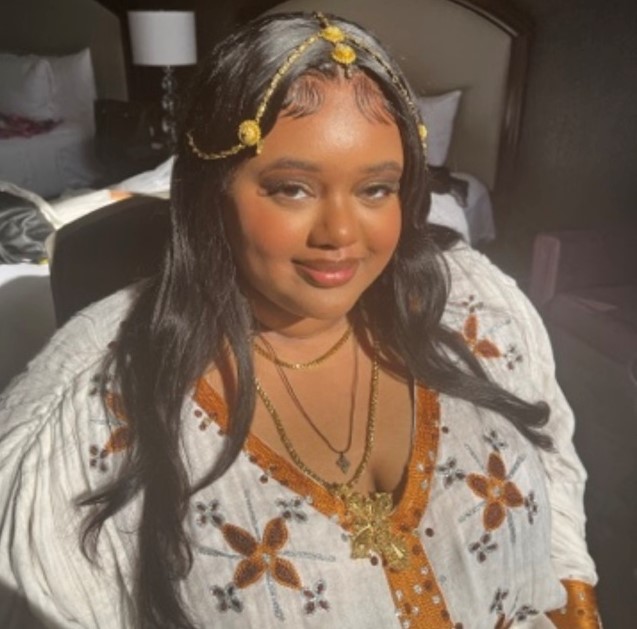
marHaba! My name is Hana Maru and I am a Freshman at Loyola University Chicago. I am double majoring in Political Science and Global Studies and double minoring in Arabic Language & Culture and Law & Politics. I was born in Ethiopia, and the majority of my family emigrated to the US from Ethiopia in 2005. My interest in Arabic stems from the similarity it holds to Amharic, the official language of Ethiopia, and the relationship between my religion and Islam. I am a part of the Ethiopian Orthodox Tewahedo Church. I grew up with Muslims and Christians alike and I loved seeing the small similarities, especially in practices between the two. In my quest to gain a deeper understanding of my religion, I decided it was pertinent that I also study the other biggest religion of my nation, Islam. Part of this involves learning the languages the religions use, Ge’ez and Amharic for EOTC, and Arabic for Islam.
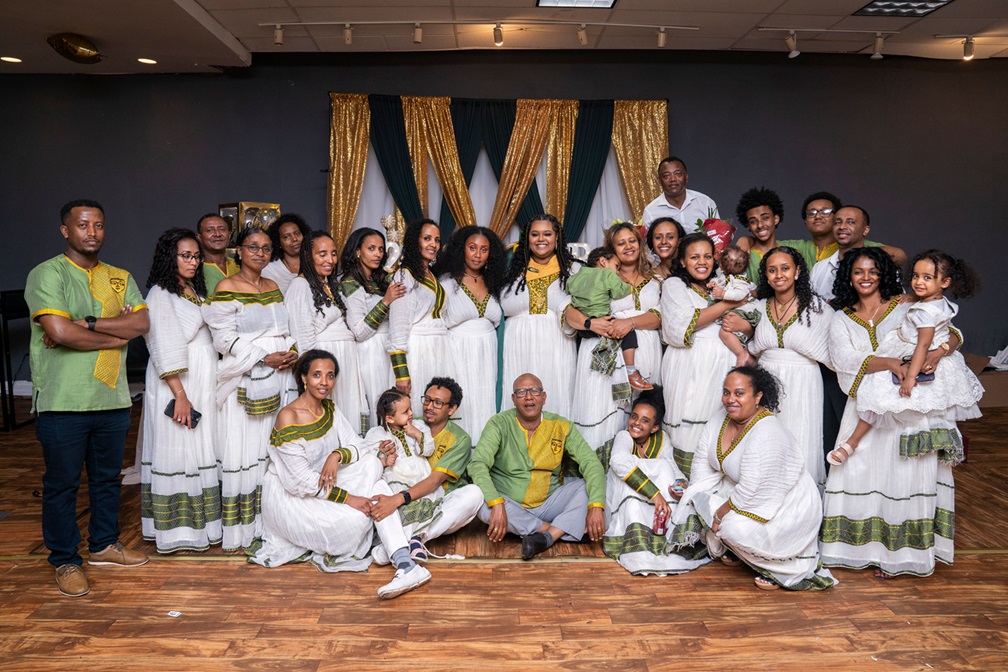
Arabic, Ge’ez, and Amharic all stem from the Afro-Asiatic linguistic family, and they are further separated as Arabic is considered to be from the central Semitic branch while Ge’ez and Amharic are southern Semitic or Ethio Semitic/Ethiopic. Amharic evolved from Ge’ez and is widely considered to be a creole. However, the Ge’ez script evolved from an ancient southern Arabian language, the Sabaic script. The Arab world has strong ties with the formation of the Ethiopian Orthodox Tewahedo Church and as a result, the language of Arabic has seeped into both Ge’ez and Amharic. The Aksum empire was converted to Christianity by two brothers, Frumentius and Aedesius from Tyre, Lebanon. Frumentius then went on to become the first bishop of the Ethiopian Orthodox Tewahedo Church and he was regarded as “Abuna '' which means “our father” in Arabic. Abune is still used today to describe the archbishop of the church. The appointment of St. Frumentius as the first head of the church for EOTC by the Pope of Alexandria, gave birth to a long tradition of Egyptian Bishops until 1959 when the first Ethiopian born Bishop was appointed due to EOTC becoming autocephalous.
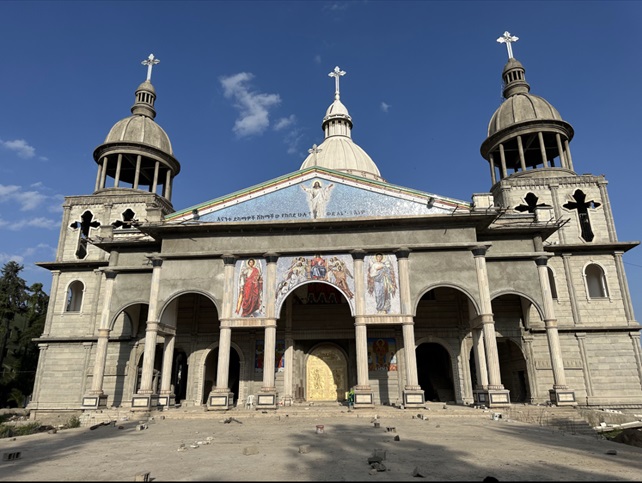
Canonical literature was translated from Arabic into Ge’ez by Coptic scholars. For example, the Ethiopian Legal code, Fatha Nagast, which included the stipulation that forbade Ethiopian men from becoming an Abune nor could they appoint one themselves was, compiled by Coptic Scholar al-Safi ibn al-Assal who translated it from Arabic to Ge’ez in 1238. Growing up it was heavily emphasized within my community that Christianity was born in Ethiopia, so it was super interesting learning that it came from the Arab world despite Arab countries being thought of as purely Islamic especially in the West. I also learned about other Orthodox churches in Arab countries like Palestine, Jordan, Lebanon, Syria, and Egypt. Interestingly, there are plenty of shared words between Amharic/ Ge’ez and Arabic. For example, the word Habesha or al-Habesh is an Arabic word used to describe the Semitic-speaking Ethiopians and Eritreans. One of my favorite things is noticing the similarities between languages and religious practices. Ge’ez is no longer widely used as a spoken language and is limited to liturgical speech/text. So, the main similarities in language that I see are between Amharic and Arabic, and the loanwords they share.
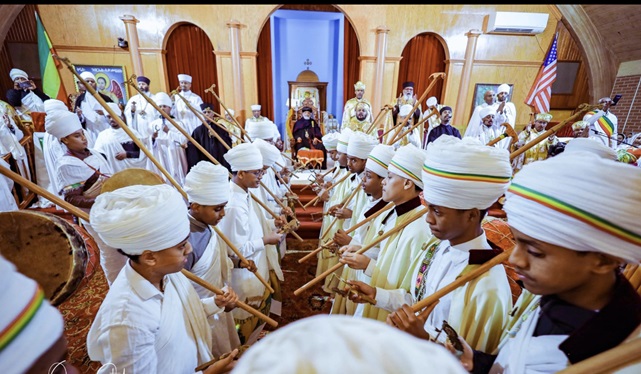
Some of the religious aspects are also similar. In both places of worship for Muslims and Ethiopian Orthodox, it is forbidden to wear shoes and both religions adopted this from the story of Moses. It is also forbidden to eat pork in any nature. My favorite though has to be the modesty aspect. Just like Muslims, Ethiopian Orthodox men and women are required to dress modestly. For women, we are required to wear loose ankle-length dresses and a veil with what we call a netela ( essentially a long scarf.) Men are required to wear loose-fitting long-sleeved shirts and pants and they wear a netela on their body and head. Traditionally this was required as a part of daily wear but in modern times it is mostly just required to be followed at church. The same is true for fasting. Traditionally you are supposed to fast from midnight until 3 pm however it has been reduced to refraining from eating meat and meat products like dairy, and drinking alcohol.
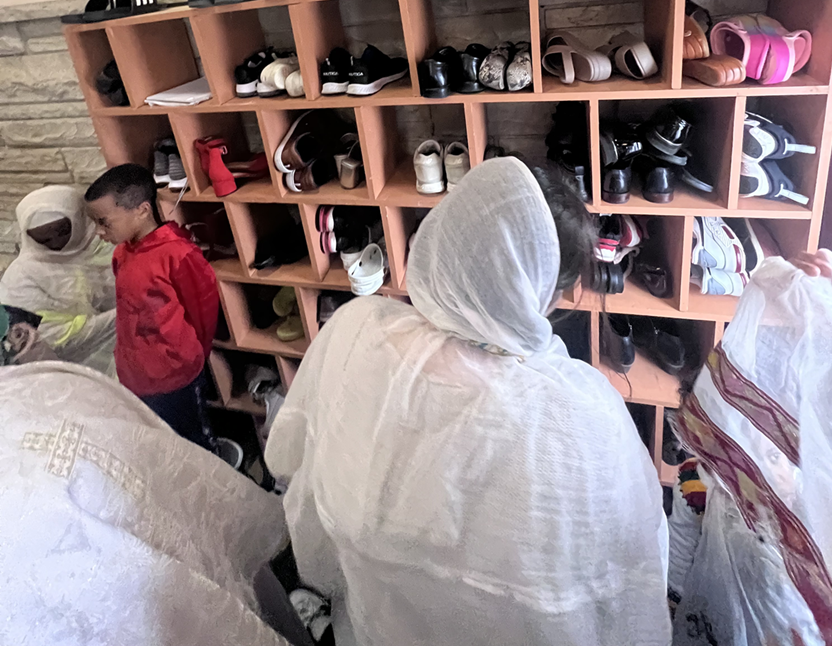
Being in Arabic class has taught me the importance of language and its influence. Despite being thought of as an “Islamic language,” Arabic has influenced the language of multiple religions as showcased by the Egyptian Coptic church's foothold on the Ethiopian Orthodox Tewahedo Church. The language was an obvious barrier between the Egyptian Bishops and monks and therefore allowed for the influence of Arabic and what we know as Amharic today. It is also seen in the words all of the languages share. As previously mentioned, I want to learn the languages to read and understand the religious aspects of both Islam and Orthodoxy which are both limited to their respective languages. My mother and I have a little competition going on. Despite being Orthodox I don’t believe in the standard bible, because of the endless number of versions being circulated and the most likely inaccurate. However, back home there are untouched Bibles written in Ge’ez that I believe to be true. So, we are competing to see which one of us will be able to learn Ge’ez first to read the bible back home in Ethiopia.
